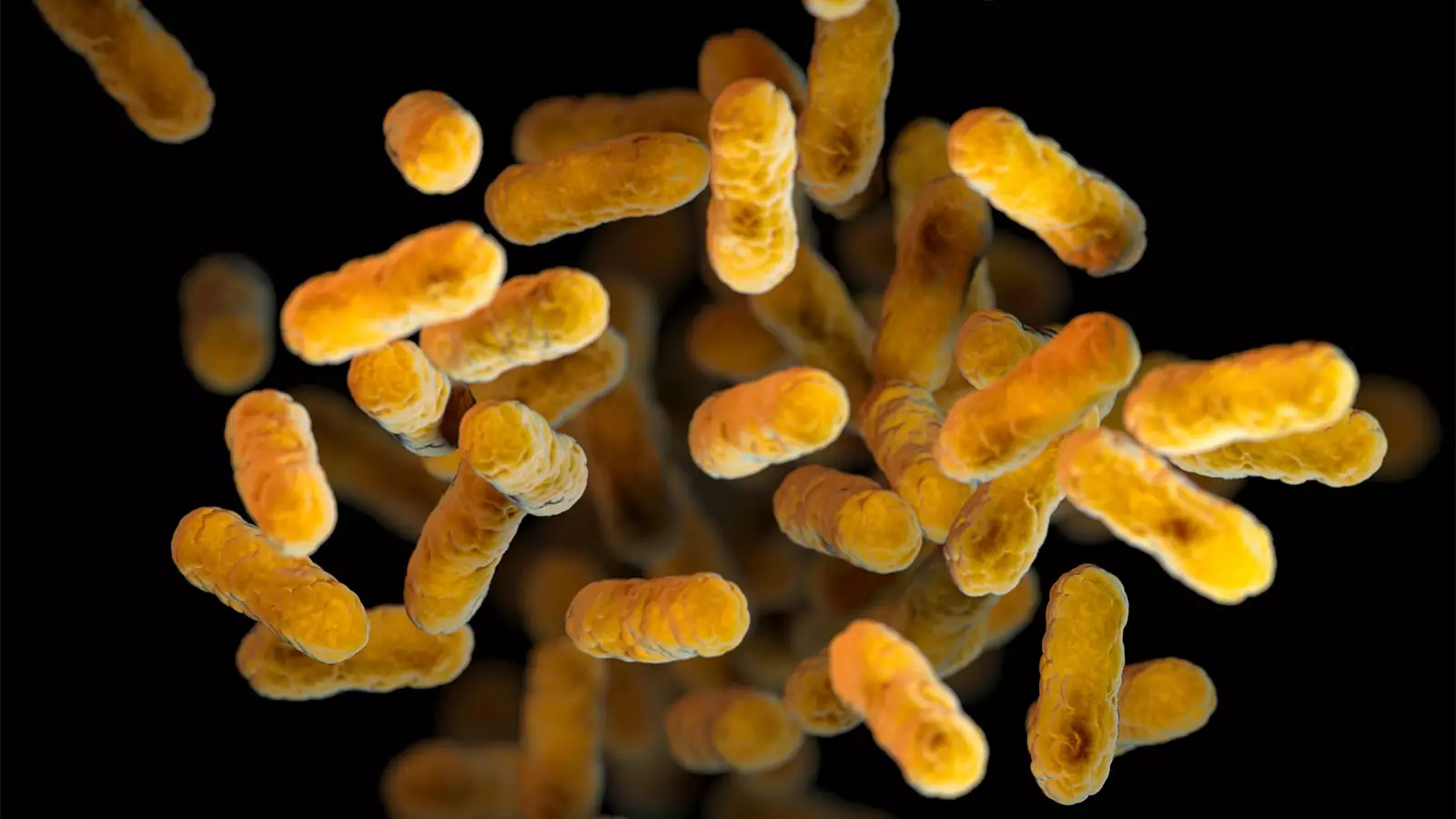Recent reports have unveiled a significant spike in whooping cough cases across the United States, marking the highest incidence for this time of year in a decade. With 18,506 cases already documented, health officials from the Centers for Disease Control and Prevention (CDC) have expressed serious concerns. This level is reminiscent of the pre-coronavirus pandemic era, raising questions about the factors contributing to this resurgence and its implications for public health.
The CDC’s report reveals that the current case levels are the most alarming since 2014 when cases surged past 21,800 during this period. Such periodic upticks in whooping cough, known medically as pertussis, are not shocking to experts, as the disease traditionally experiences peaks every three to five years. However, the predominant worry lies in the apparent regression to levels that had been largely controlled prior to the pandemic, when many contagious diseases saw a drastic reduction due to widespread lockdowns and social distancing.
Particularly concerning is the situation in Wisconsin, which has reported around 1,000 cases this year compared to a mere 51 last year. These figures highlight a startling escalation in pertussis infections among the population. The Wisconsin health department’s data indicates that kindergarten vaccination rates have dipped to about 86%, significantly below the national average of over 92%. This decline in vaccination uptake—coupled with an unprecedented increase in vaccine exemptions—creates a precarious public health scenario, prompting urgent calls from officials for improved immunization strategies.
Whooping cough typically begins with symptoms resembling those of a common cold, including a runny nose and mild cough that can quickly transform into severe, persistent coughing fits. Existing vaccines have played a critical role in controlling the spread of this disease, especially considering that the vaccine has been integrated into routine childhood immunizations since the 1950s. Adults are advised to receive booster shots every decade. The prolonged nature of whooping cough, often referred to as the “100-day cough,” is notable for its potential to cause severe discomfort and respiratory distress, particularly in affected children.
Though whooping cough is primarily dangerous for infants and young children—who can suffer from serious complications—current outbreaks suggest a worrying shift in demographics. Reports indicate that older children and teenagers are increasingly affected, with many outbreaks occurring within school settings in states like Pennsylvania. This unexpected trend raises questions about the effectiveness of existing vaccination campaigns and the adherence to recommended vaccine schedules.
Dr. Justin Frederick, a health department deputy director in Douglas County, Nebraska, underscores the distressing reality faced by families affected by pertussis. His own teenage daughter’s experience highlights the sleepless nights and panic that accompany the disease, emphasizing the urgent need for early diagnosis and treatment. Medical professionals, such as Dr. Kris Bryant, advocate not only for individual testing and antibiotic treatment following exposure but also stress the necessity of preventive measures through vaccination to mitigate the spread of this highly contagious disease.
The resurgence of whooping cough serves as a critical reminder of the importance of maintaining vaccination efforts to protect public health. If current trends continue, there is the potential for further outbreaks, particularly in vulnerable populations. Moving forward, health officials must implement strategies to boost vaccination rates and counter misinformation regarding vaccines to avert a larger public health crisis. It’s essential for communities, families, and individuals to recognize the value of immunization in preventing a resurgence of whooping cough and safeguarding the well-being of future generations.

Leave a Reply